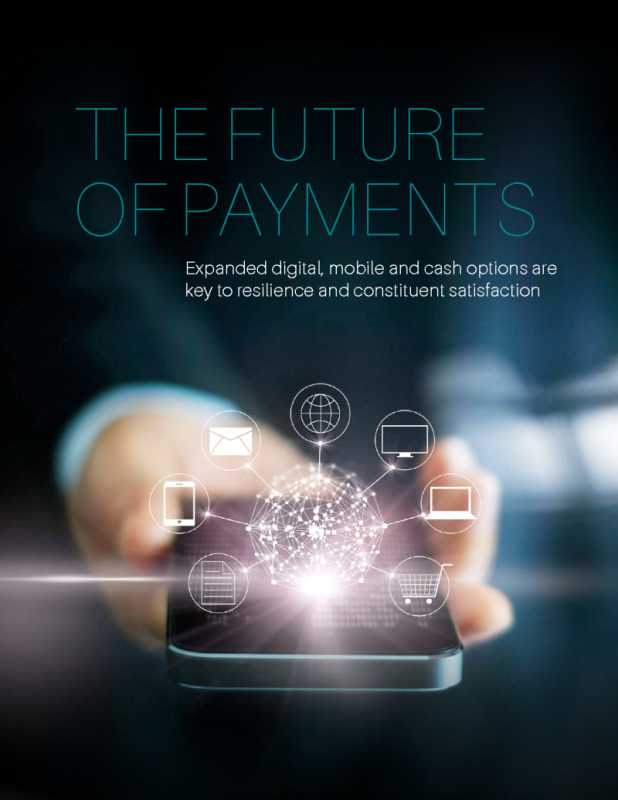Features
The Future Of Digital Payments

h1 {
color: #FF0000;
}
h2 {
color: #0000FF;
}
In recent years, digital payments have become increasingly popular, revolutionizing the way we make transactions and conduct business. As technology advances and consumer behavior changes, the future of digital payments holds tremendous potential for further transformation. In this article, we will explore the key trends and advancements that are shaping the future of digital payments.
1. Mobile Wallets and Contactless Payments
Mobile wallets have already gained significant adoption, and their usage is expected to surge even further in the coming years. With the convenience of paying through mobile devices, consumers are increasingly embracing mobile wallet solutions like Apple Pay, Google Pay, and Samsung Pay. The integration of Near Field Communication (NFC) technology in smartphones enables secure, contactless payments, allowing users to pay by simply tapping their phone on a payment terminal.
Besides mobile wallets, contactless payment cards and wearable devices equipped with payment capabilities are also becoming more prevalent. This trend towards contactless transactions not only offers greater convenience but also enhances security through tokenization and encryption, reducing the risk of fraud.
2. Blockchain and Cryptocurrencies
Blockchain technology has the potential to revolutionize digital payments by enabling secure and transparent transactions without the need for intermediaries. The decentralized nature of blockchain eliminates the need for centralized authorities, reducing transaction costs and improving efficiency. Cryptocurrencies like Bitcoin, Ethereum, and Ripple are fueled by blockchain technology and are gaining traction as a form of digital payment.
While there are still challenges to overcome, such as scalability and regulatory concerns, blockchain-based digital payments offer advantages like faster cross-border transactions, increased transparency, and reduced fees. The integration of cryptocurrencies into mainstream digital payments may reshape the financial landscape in the future.
3. Biometric Authentication
Authentication methods are evolving rapidly to enhance security and simplify the payment process. Biometric authentication, such as fingerprint or facial recognition, is gaining prominence as a secure means of verifying transactions. Biometric data is unique to each individual, making it difficult to replicate or forge, thereby enhancing the security of digital payments.
As biometric technology continues to mature and becomes more accessible and affordable, it is expected to play a significant role in digital payment systems. The convenience and enhanced security offered by biometric authentication make it a compelling option for users and businesses alike.
4. Internet of Things (IoT) Payments
The Internet of Things (IoT) has the potential to create a highly interconnected ecosystem where devices can seamlessly communicate and transact with each other. IoT-enabled devices, such as smart home appliances, wearables, and connected cars, can potentially make payments autonomously, eliminating the need for human intervention.
For example, a smart refrigerator could detect a low supply of groceries and automatically place an order for replenishment, making the payment seamlessly in the background. This convenience-driven approach has the potential to redefine the user experience and revolutionize the way we interact with our surroundings, making everyday transactions effortless.
5. Enhanced Data Analytics and Personalization
The availability of vast amounts of data in the digital ecosystem opens up opportunities for enhanced data analytics and personalization in digital payments. By leveraging advanced analytics and machine learning algorithms, payment service providers can gain deeper insights into consumer behavior, preferences, and spending patterns.
These insights can be used to offer highly personalized recommendations, customized offers, and tailored payment experiences. This level of personalization not only enhances the user experience but also drives customer loyalty and engagement, ultimately benefiting both users and businesses.
Conclusion
The future of digital payments is incredibly promising, driven by technological advancements and changing consumer expectations. Mobile wallets and contactless payments, blockchain and cryptocurrencies, biometric authentication, IoT payments, and enhanced data analytics are among the key trends shaping the future of digital payments. As these technologies continue to evolve, we can expect seamless, more secure, and personalized payment experiences that transform the way we interact with money in the digital realm.










